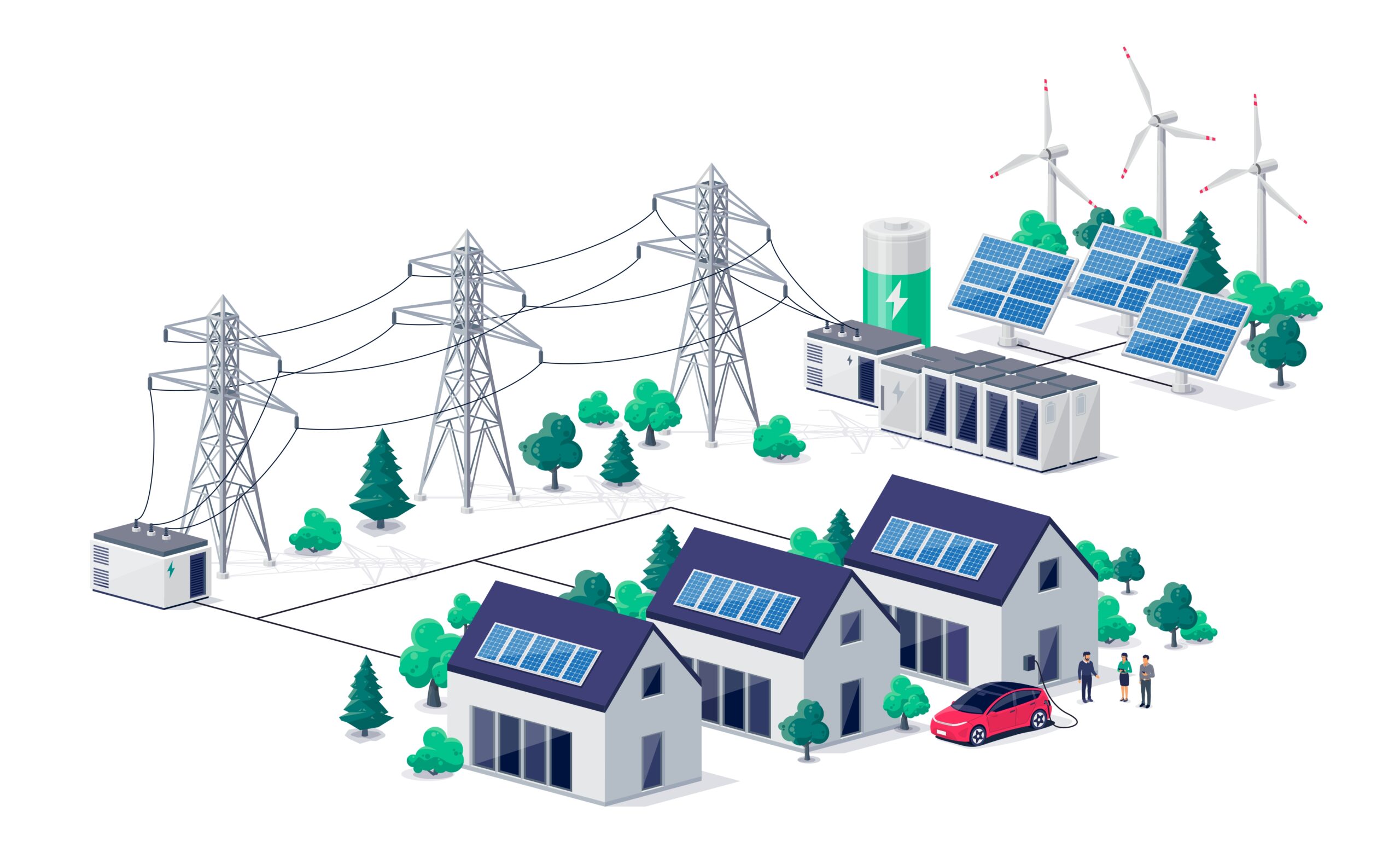California has increased its battery storage capacity more than ten times, from 770 megawatts (MW) in 2019 to 10,379 MW in 2024, marking a 1,250% increase. This substantial expansion is a critical component of California’s strategy to achieve 100% clean electricity by 2045. The increase in battery storage capacity is essential for maintaining a reliable and clean power grid by storing energy from renewable sources such as solar panels and using the stored energy when solar power decreases in the evening.
Recently, California reached a significant milestone when battery storage discharge exceeded 6,000 MW for the first time, making batteries the largest power source for the grid at one point during the day. This achievement underscores the crucial role of batteries in the state’s clean energy future.
Governor Newsom celebrated the achievement, noting that California has expanded its battery storage capacity more than ten times in just five years. He emphasized that this expansion is crucial for transitioning from fossil fuels to clean energy, with California leading this significant transformation.
California has recently achieved numerous clean energy milestones. Clean energy meeting grid demand with clean energy for 40 out of the last 48 days, marking a significant increase compared to the previous year’s achievement of only 7 days. Additionally, solar power reached a new peak, providing 97.5% of the state’s electricity demand at its highest point. Furthermore, the total capacity of solar projects has increased to 17,170MW, which is sufficient to power millions of homes.
Governor Newsom has implemented unprecedented measures to optimize clean energy infrastructure and allocate billions of dollars to expedite the advancement of clean energy projects. The officials from Newsom Administration collaborated with the Paskenta Band of Nomlaki Indians to launch a groundbreaking project in Corning, featuring a large scale solar installation coupled with long duration storage capabilities. California is projected to require 52,000 MW of energy storage capacity by 2045 to fulfill its clean energy objectives.

